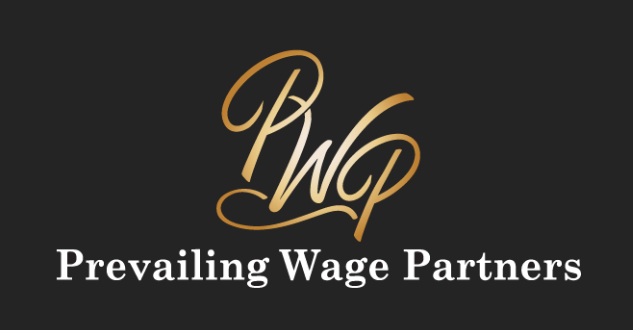Prevailing Wage & The Davis Bacon Act (What you need to know)
The Davis-Bacon Act
Prevailing wage was established under federal law by the Davis-Bacon Act of 1931. The act mandates that contractors and subcontractors must pay their workers an hourly prevailing wage when working on any federally-funded construction project in excess of $2,000. The prevailing wage for any project is determined by the U.S. Department of Labor and is normally based on the wages paid to workers employed on similar projects in the area. The act was intended to avoid situations where contractors would low-ball their proposed costs on a project at the expense of their workers’ wages. There are also twenty-seven states that have their own prevailing wage laws, known as “little Davis-Bacon” acts, for any state-funded construction projects and does in some cases, extend to projects at the local and municipalities level as well.
So prevailing wage is basically a worker’s hourly wage?
Yes and no. Prevailing wage is actually comprised of two parts: The first is the basic hourly rate that is paid out to each worker. The second is what is known as the “fringe benefits” amount, which is a separate per-hour dollar amount that can be paid out as part of a worker’s wages or used to fund a “bona fide” benefits plan, such as a 401(k), life and health insurance, vacation and holiday pay or even apprenticeship training programs.
Simply put, if a worker’s base pay on a project was $30 an hour and the fringe benefits amount was $10 an hour, the contractor can pay out the $10 in fringe benefits as wages, essentially increasing the worker’s hourly pay to $40, or they can elect to put that $10 into a benefits plan for their employee.
So which is better, cash or a benefits plan?
Many contractors pay out the mandatory fringe benefit as wages because it’s the easiest way to comply with the law. While that may be true, it’s also much more costly to the contractor. And the reason is pretty simple: all wages paid to employees are subject to payroll taxes, such as social security taxes, federal and state unemployment taxes, workers’ compensation insurance, and general liability insurance. The rate always varies, but it is estimated that the additional cost to the contractor for these payroll taxes is roughly 25 cents for every dollar paid in wages.
On the other hand, if a contractor uses those fringe dollars to fund a “bona fide” benefits plan for his or her employees, that money would be totally exempt from any and all payroll taxes, thus saving the contractor tens of thousands, maybe even hundreds of thousands, of dollars a year.
Don’t believe me? Here’s an example:
Let’s say Contractor A has 25 employees working on a prevailing wage job that will last six months. Each employee works approximately 500 hours during this time and the fringe amount is roughly $10 an hour.
25 (employees) x 500 hours = 12,500 hours
12,500 (hours) x $10 fringe benefit dollars = $125,000 fringe benefit dollars
If Contractor A decides to pay out that $125,000 fringe benefit as wages to her employees, she will be hit with a 25% payroll tax on every single one of those dollars.
$125,000 x 25% in payroll taxes = $31,250 in additional payroll taxes
If Contractor A elects to instead put those fringe benefit dollars into a “bona fide” benefits plan for her employees, such as a 401(k) retirement account, not a single dollar would be subject to payroll taxes. That means $31,250 in savings, which can then be used to make more competitive bids for future projects.
Using these fringe dollars properly also allows a contractor to implement or improve their existing benefit programs. First, for those employers who have benefits, paying the fringes as cash means they are funding the benefits in duplicity, as these payments are paid out of the operational account of the business. Using these fringe dollars to an employer and employee’s advantage can reduce that extra expense considerably. Secondly, in today’s very tight labor market, employees are looking at total compensation packages, including benefits. These fringe dollars can assist companies with bolstering their current programs, by offering better benefit coverages or adding additional benefit options for their employees. Lastly, fringe dollars can also be used to help owners and other key employees contribute more to their retirement while ensuring the overall company’s retirement plan pass annual testing.
In the end, when utilized correctly, prevailing wage — which is comprised of a per-hour cash wage and a per-hour benefits wage – is a major benefit to both the laborers and contractors who work on publicly-funded construction projects.

